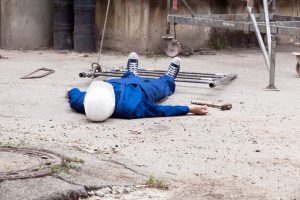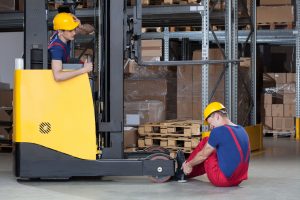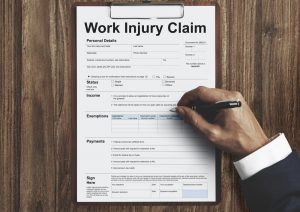Factual and Procedural Background
Timoteo Martinez Ildefonso was employed by a Whole Foods market owned by parent company Mrs. Gooch’s Natural Food Markets, Inc. in Venice, California. Martinez Ildefonso took a 15-minute break, during which he briefly walked off-site. When returning to the store, Martinez Ildefonso crossed a busy road in a crosswalk and was struck by a pickup truck. Following the accident, he walked back to the store. He was given an ice pack by his employer and was asked to fill out a form. He was then given a ride home, and he died several hours later at home from his injuries.
 California Accident Attorneys Blog
California Accident Attorneys Blog





